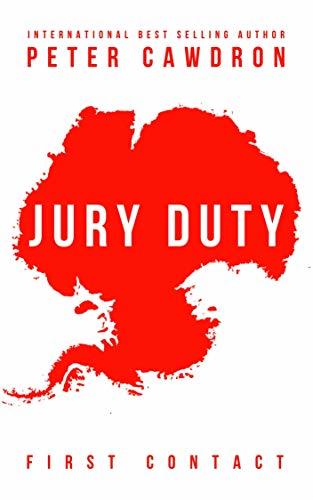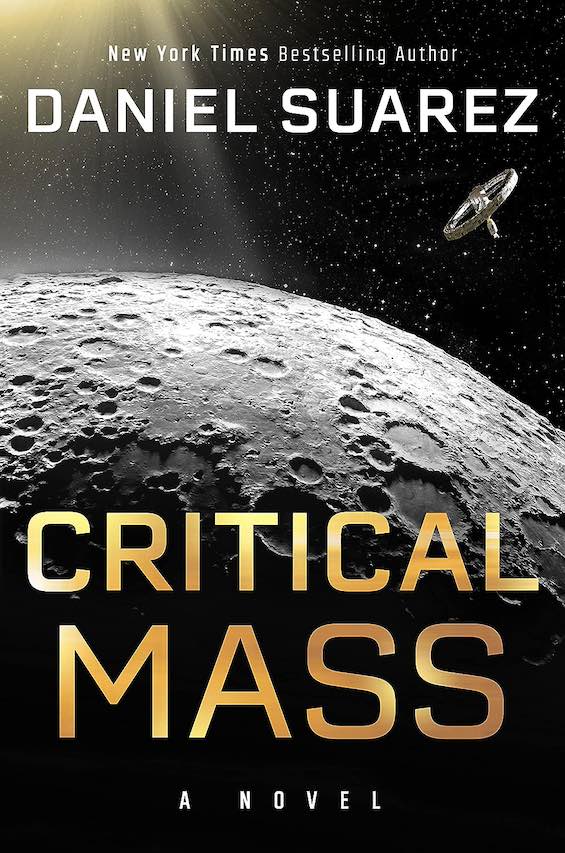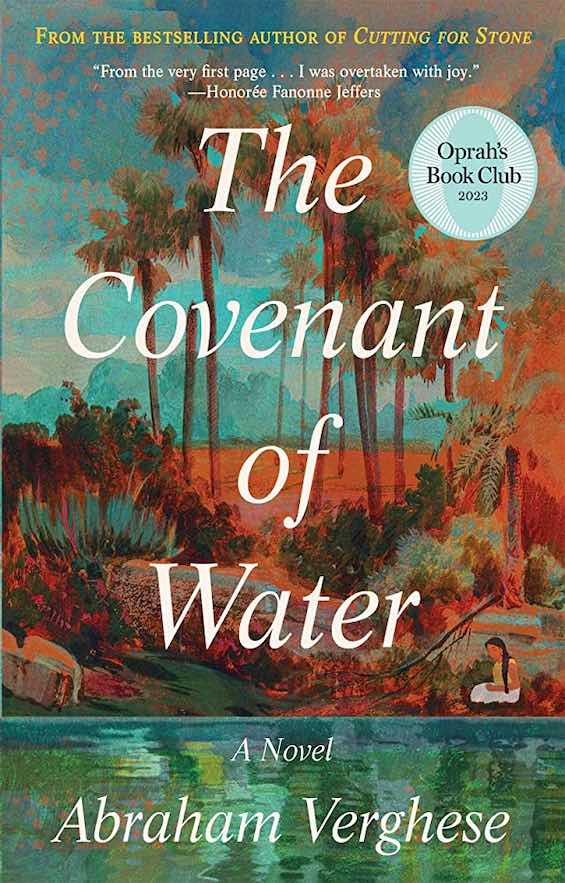
Welcome to Antarctica. Slip into your muffler and mittens, and get ready for the coldest, bleakest setting you’re ever likely to encounter. In Peter Cawdron’s seventeenth standalone novel exploring the theme of First Contact, Nick Ferrin arrives on the southernmost continent, pressed into service as a “juror” on behalf of the United Nations. And, no, he doesn’t understand what’s going on anymore than you do. But why would he? Nick is heading off for First Contact Down Under. Way down under.
Extraterrestrials under the ice?
Unknown to the public, scientists have stumbled on the wreckage of an extraterrestrial vessel buried a mile under Antarctica, where it crashed 430,000 years ago. But the leaders of the world’s nations don’t trust one another. The UN Security Council is divided against itself. Instead, the jury—comprising two members from each of the five permanent Security Council nations—is to decide what may be done with the knowledge gained from the wreckage. But now it appears that the impossible has happened. There are signs that extraterrestrials are somehow still alive under the ice. And pretty much everything goes wrong shortly after Nick arrives. His “jury duty” proves to be a life-threatening experience—and not for Nick alone . . .
Jury Duty (First Contact #17) by Peter Cawdron (2021) 291 pages ★★★★★

The protagonist is a jerk
At the outset, it’s immediately apparent that Nick Ferrin is a deeply flawed human being. His wife, Sandra, is leaving him because he treats her with contempt and threatens her physically. In fact, “Nick has been arrested before and charged with several misdemeanors, but he’s never been convicted of a felony.” That seems about to change. Nick has picked up a pistol and is on the verge of shooting Sandra as she starts up the car to drive away. And just then armor-clad troops arrive in SUVs and a helicopter and bear him away. Suddenly, and without explanation, Nick is on his way to Antarctica. He is, the soldiers explain, “the chosen one.” Because one of the two American jurors is dying, and Nick has been selected to replace him.
“He may be a dumbass, second-rate mechanic from South Carolina,” Nick reflects, “but he’s seen enough movies to know when a patsy is being set up for a fall.” And you won’t be surprised to learn that Nick’s hit the nail on the head. He’s headed for a fall Down Under in more ways than one. And, for Nick, First Contact will almost seem like an afterthought.
Enough suspense to keep your skin tingling
Cawdron paints a convincing picture of Nick’s long, perilous journey by air and sea to Antarctica. You’ll feel the crashing waves of the South Atlantic and the biting, subzero cold of the ice. He’s at his best in depicting the dangerous, hours-long descent on ropes under the ice to the site of the crashed vehicle. There’s enough suspense in Nick’s trip itself to keep your skin tingling. But when he and the soldiers escorting him arrive a mile below the surface, there are even greater surprises in store.
Where did he get this idea for First Contact Down Under?
People often ask science fiction authors “where they get their ideas.” Well, for starters, Peter Cawdron lives Down Under. He’s a New Zealander turned Australian. And he explains the origin of the core idea in Jury Duty in an afterword. “The crashed UFO is based on an asteroid that exploded above the ice of Antarctica 430,000 years ago, showering the continent with tiny metallic debris. As this was an airburst event rather than an impact, there was no crater, but it left me wondering, what if that was more than a metallic meteor?” What if, indeed?
For more reading
This is one of The best books of 2021.
This is one of the novels in Peter Cawdron’s insightful First Contact book series.
For more good reading, check out:
- The ultimate guide to the all-time best science fiction novels
- Great sci-fi novels reviewed: my top 10 (plus 100 runners-up)
- The five best First Contact novels
- Seven new science fiction authors worth reading
- The top 10 dystopian novels reviewed here (plus dozens of others)
And you can always find my most popular reviews, and the most recent ones, plus a guide to this whole site, on the Home Page.

























